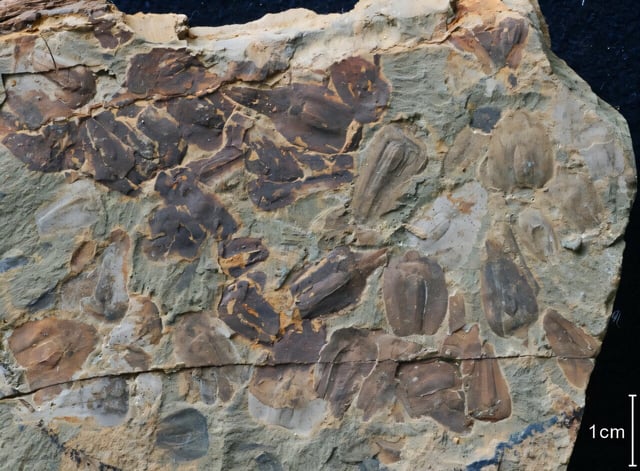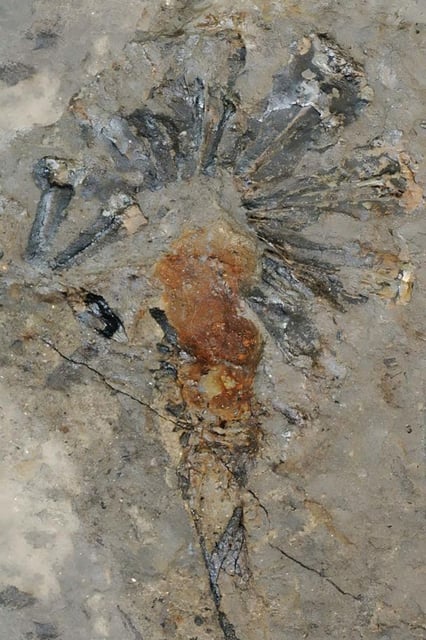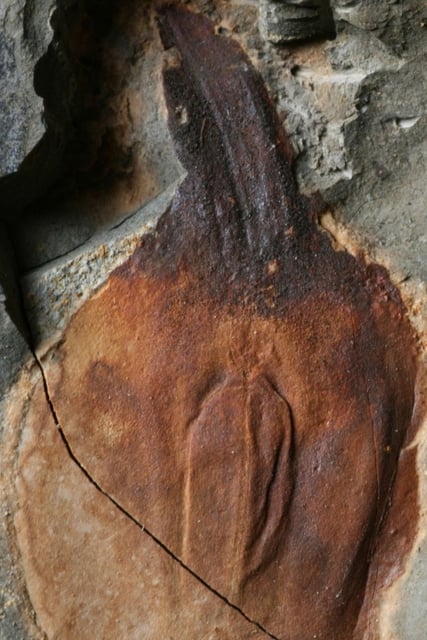Overview
- University of Leeds and China University of Geosciences researchers published new plant productivity maps in Nature Communications, reconstructing tropical vegetation changes across the Permian–Triassic extinction.
- Advanced fossil record analyses paired with climate simulations show that equatorial rainforest collapse curtailed carbon sequestration and sustained super-greenhouse temperatures for about five million years.
- The findings identify a climate–forest tipping point where loss of tropical carbon sinks prevented atmospheric CO₂ drawdown even after Siberian Traps volcanism ended.
- Model results confirm that reduced net primary productivity inferred from fossils aligns with the magnitude and duration of prolonged post-extinction warming.
- Researchers warn that modern tropical forest decline could initiate similar feedback loops, hindering climate recovery even if CO₂ emissions are halted.



